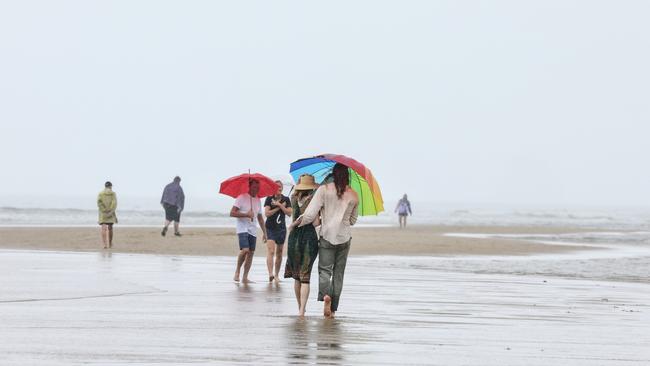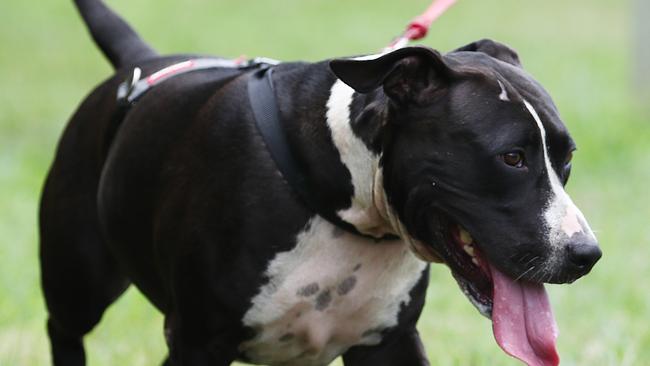Heatwave hits Cape York and Gulf Country as dry conditions fuel fire risk across Queensland
Parts of Far North Queensland are enduring a low-intensity heatwave, with some areas expecting extreme conditions, while heatstroke cases in pets have risen alarmingly due to the ongoing hot weather.

Cairns
Don't miss out on the headlines from Cairns. Followed categories will be added to My News.
Cairns and the coastal areas are warming up - but spare a thought for parts of the Cape York and Gulf Country that are experiencing heatwave conditions this week.
The dry conditions, combined with ongoing heat, have created ideal conditions for fires, with Queensland yet to receive significant wet-season rains.
Prolonged dry periods have left ample fuel for potential fires, and the growth from the previous wet season has made dry areas even more prone to ignition.
Bureau of Meteorology forecaster Daniel Hayes said much of Queensland's weather will be driven by a trough stretching from Mount Isa to the southeast across the next few days.
“This area is expected to see continued showers and storms, similar to Monday,” he said.

Areas further north, such as Palmerville, will see temperatures reach 40C on Tuesday, with some areas pushing 42C on Wednesday.
“The coast and parts of the Far North, including the peninsula, are likely to stay dry and warm.”
Heatwave conditions are forecast to last into next week in some areas of the Cape and Gulf country.
Extreme heatwave conditions will linger into at least Sunday next week across the state’s northern tip.
While temperatures have been a bit warmer than usual for places like Cairns and Townsville, Mr Hayes said those readings were not “exceptionally hot” for this time of year, as the Far North enters the transition period before the wet season kicks in.
“While we’re starting to see more heat, the heavy, regular rains of the wet season haven’t started yet,” he said.
“Most regions will experience mid-30s to low 40s, with higher humidity levels, but not much rain expected.”


Mr Hayes said northern areas like Weipa and Thursday Island may experience some showers, but they were expected to be light.
“The real rainfall is concentrated along the trough further south and inland, for example, Julia Creek received 32mm of rain from a strong storm,” he said.
With temperatures expected to exceed 40C in some regional areas, pet owners are also being warned to keep a close eye on their pets as the rising risk of heatstroke in animals has surged during the hotter months.
Nadia Crighton from Pet Insurance Australia said owners needed to be extra vigilant heading into November.

PIA have reported an increase of 300 per cent in claims from cooler to warmer months, highlighting the vulnerability of pets during summer time.
“The incidence of heatstroke in pets has risen alarmingly, particularly over the hotter months,” she said.
Signs of heatstroke in pets include excessive panting, drooling, rapid heart rate, lethargy, vomiting, and in severe cases, collapse or seizures.
“Always ensure pets have access to cool, shaded areas throughout the day and multiple sources of freshwater,” Ms Crighton said.

Pet owners have also been advised to avoid walking pets on hot surfaces, never leave pets in vehicles, and modifying exercise routines.
“Immediate veterinary intervention is absolutely crucial if heatstroke is suspected,” Ms Crighton said.
PIA warned the cost of treating heatstroke can also be substantial, with the average claim exceeding $1400, and the highest claim in the past two years topping $27,000.
Originally published as Heatwave hits Cape York and Gulf Country as dry conditions fuel fire risk across Queensland



